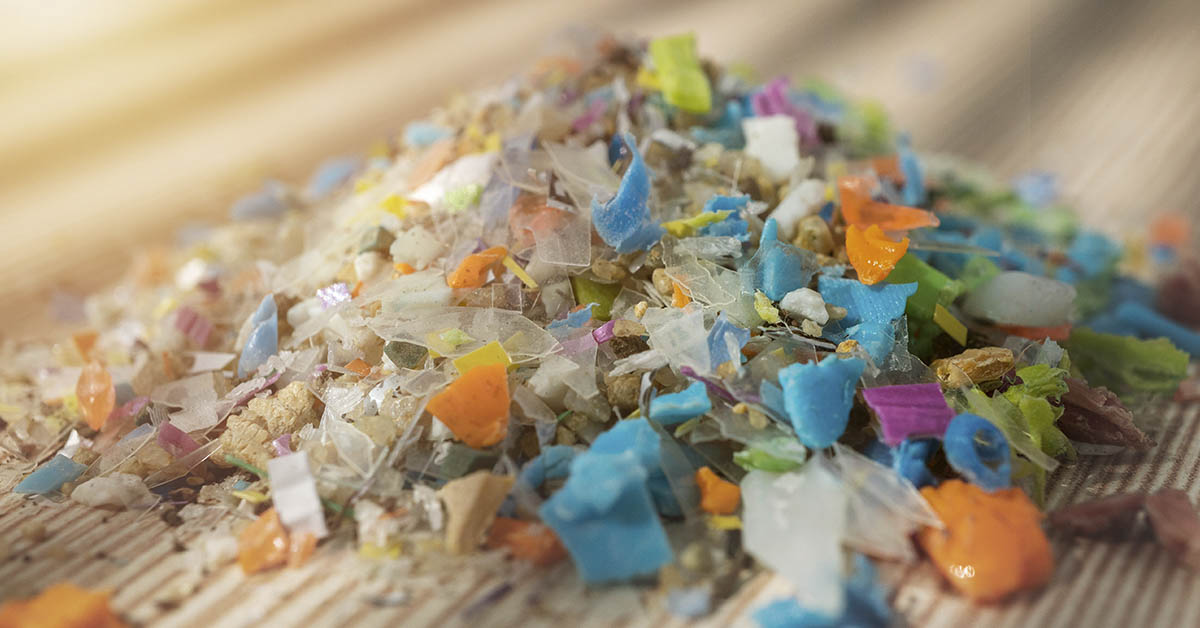They’re in your bloodstream, lungs, and brain. Yes, your brain. Microplastics have infiltrated our bodies in ways we’re just beginning to understand. Scientists have found these tiny fragments everywhere, from reproductive organs to heart tissue. Want to know what’s even more concerning? Most of us consume a credit card’s worth of plastic weekly without realizing it. These tiny plastic particles are now found in virtually every ecosystem on Earth from the depths of the Mariana Trench to pristine Arctic ice. The scope of contamination is global, affecting wildlife, water systems, and human populations across all continents. But here’s the good news: you can take steps to reduce microplastic exposure in your daily life.
What Are These Tiny Plastic Particles, and Why Should You Care?
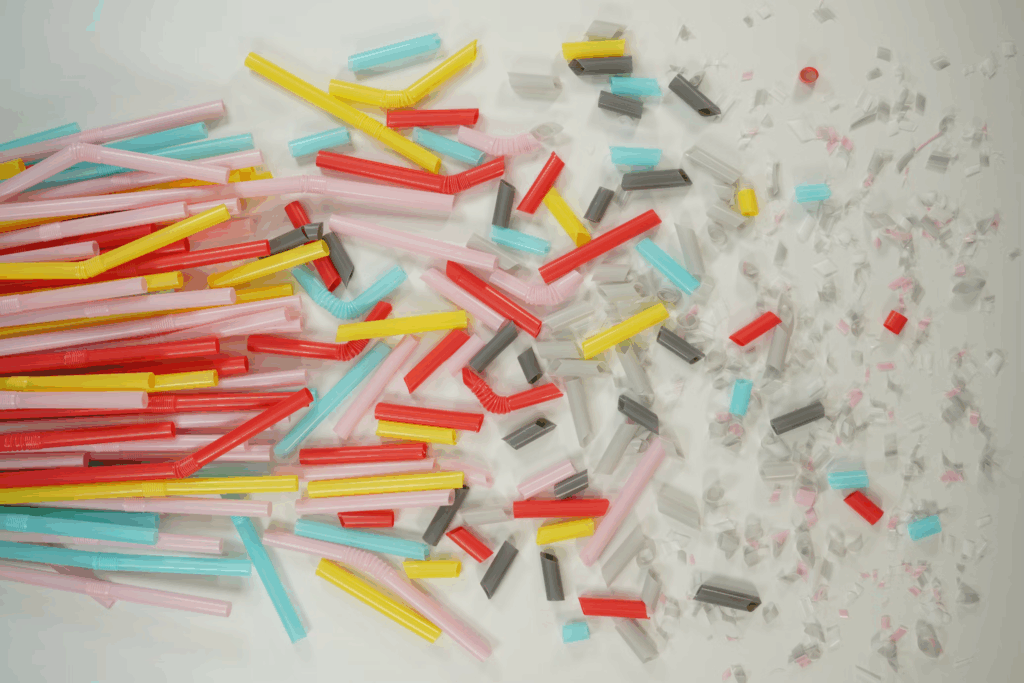
These plastic fragments are classified as less than 0.2 inches in size. They come from the breakdown of larger plastics or are intentionally manufactured to be used in products like exfoliants. These particles have become widespread pollutants, contaminating our food, water, and even the air we breathe.
“We eat a lot of plastic. We inhale a lot of plastic,” explains Dr. Leonardo Trasande, environmental pediatrics director at NYU School of Medicine. “We’ve just come to accept plastic as normal. And it’s not normal.” Research links these particles to inflammation, cellular damage, and hormone disruption. While scientists continue studying the long-term effects, many experts agree it’s smart to limit your exposure now.
Step 1: Filter Your Water to Cut Down Microplastic Exposure
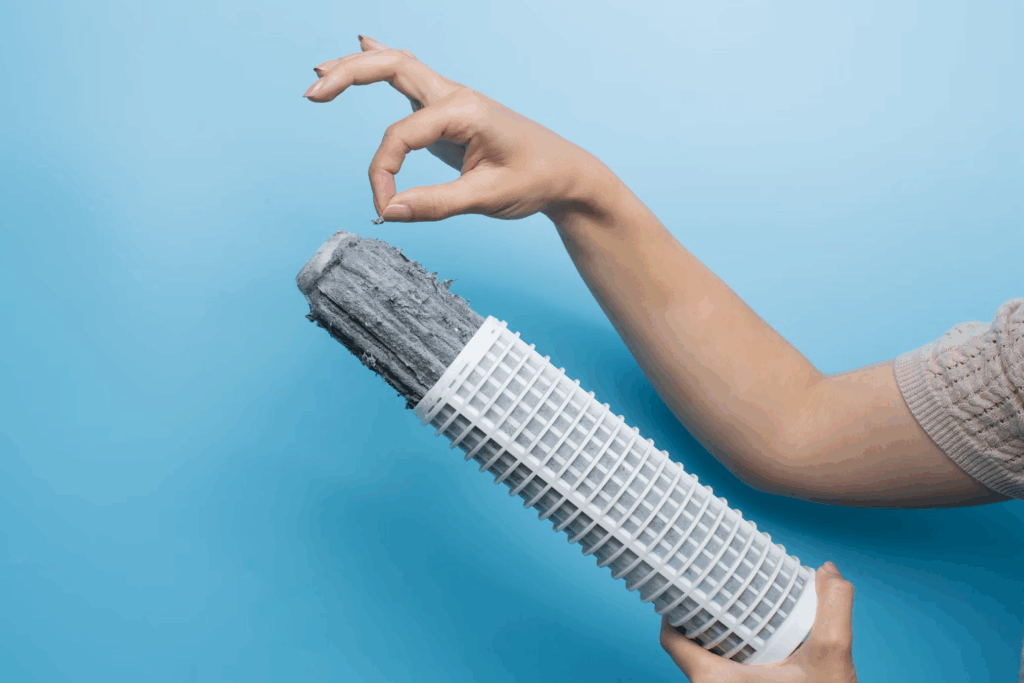
To start reducing microplastic exposure immediately. Start with what you drink. Both tap and bottled water contain small particles of plastic, but that convenient plastic bottle is actually worse. Research shows that “93% of bottled water holds these contaminants. With every gallon, we swallow at least 38 plastic particles.” Shocking, isn’t it? To cut down on these invisible intruders:
- Use an NSF-certified water filter designed to remove plastic particles
- Choose glass or stainless steel bottles instead of plastic
- Consider boiling tap water, cooling it, and then filtering it
Step 2: Rethink Food Storage to Protect Your Health
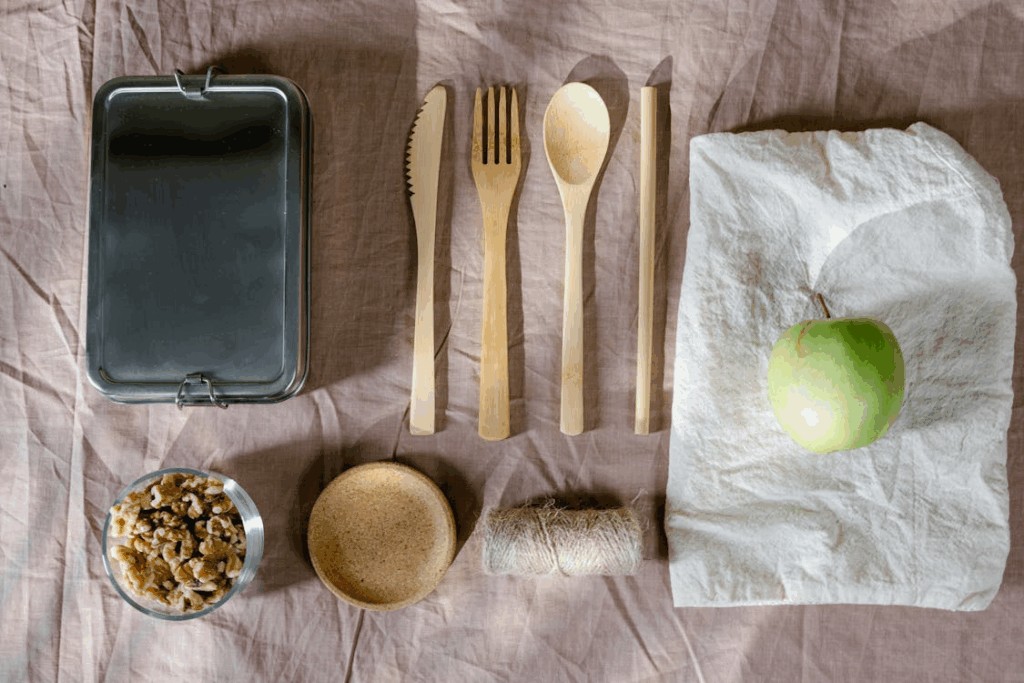
“Have you ever seen one of your plastic containers change color because you stored tomato sauce? You won’t be surprised that the same also happens the other way around, as your tomato sauce absorbs microplastics and contains toxins,” notes one study. Lower your exposure with these changes:
- Store leftovers in glass, ceramic, or stainless steel containers
- Never reuse single-use plastics for food storage
- Skip canned foods when possible (most cans have plastic linings)
Read More: Scientists Make Concerning Discovery: Microplastics are Accumulating in Our Bodies, Even Our Brains
Step 3: Keep Heat Away From Plastics

Heat is plastic’s worst enemy, but your body’s best friend when it comes to reducing microplastic exposure. Why? Because heat breaks down plastic rapidly, releasing particles into your food. And here’s the truth: this happens even with containers labeled “microwave-safe.” You could try these simple swaps:
- Transfer food to glass or ceramic before microwaving
- Use stainless steel or cast iron cookware instead of non-stick pans
- Avoid plastic utensils when cooking hot foods
- Let hot drinks cool before pouring them into plastic containers
Step 4: Be Selective About Your Food Choices to Minimize Microplastic Exposure

“Mollusks like clams, mussels, oysters, and scallops have the highest levels of plastic particles recorded,” according to research on food contamination. These filter-feeding organisms process large amounts of water, collecting plastic fragments in their tissues. To reduce microplastic exposure through diet, be cautious with:
- Sea salt, try rock salt instead.
- Certain types of fish, especially those from heavily polluted waters.
- Processed foods. These items often encounter plastic during various stages of manufacturing and packaging.
- Foods grown with plastic mulch or contaminated water
- Beverages that have been filtered through plastic during production
Step 5: Tackle Household Dust and Indoor Contaminants

“Dust is a vector for these chemicals,” explains Dr. Trasande. “Plastic is embedded in so much of modern life. We unknowingly bring it indoors through everyday activities, from opening packaged goods to wearing synthetic fabrics.” Simple cleaning habits can drastically cut microplastic exposure while also reducing other household pollutants like pet dander or pollen. Try these dust-busting tips
- Vacuum regularly (HEPA filters work best)
- Use a damp mop instead of sweeping
- Wipe surfaces with a wet cloth (skip the dry dusting)
- Consider an air purifier for bedrooms and common areas
Read More: Scientists Uncover Alarming Health Risks Linked to Drinking Bottled Water
Step 6: Make Smarter Clothing Choices to Reduce Microplastic Exposure

Your clothing might be a major source of your exposure. Synthetic fabrics shed thousands of microscopic fibers every time you wash them. “The fast fashion industry is responsible for more than 30% of global plastic production and a majority of global contamination,” according to environmental researchers who study textile pollution. You can reduce your fashion footprint and microplastic exposure.
- Choose natural fibers like cotton, wool, and linen
- Wash synthetic clothing less frequently
- Use a microfiber-catching laundry bag
- Consider installing a washing machine filter
Small Changes Make a Big Difference
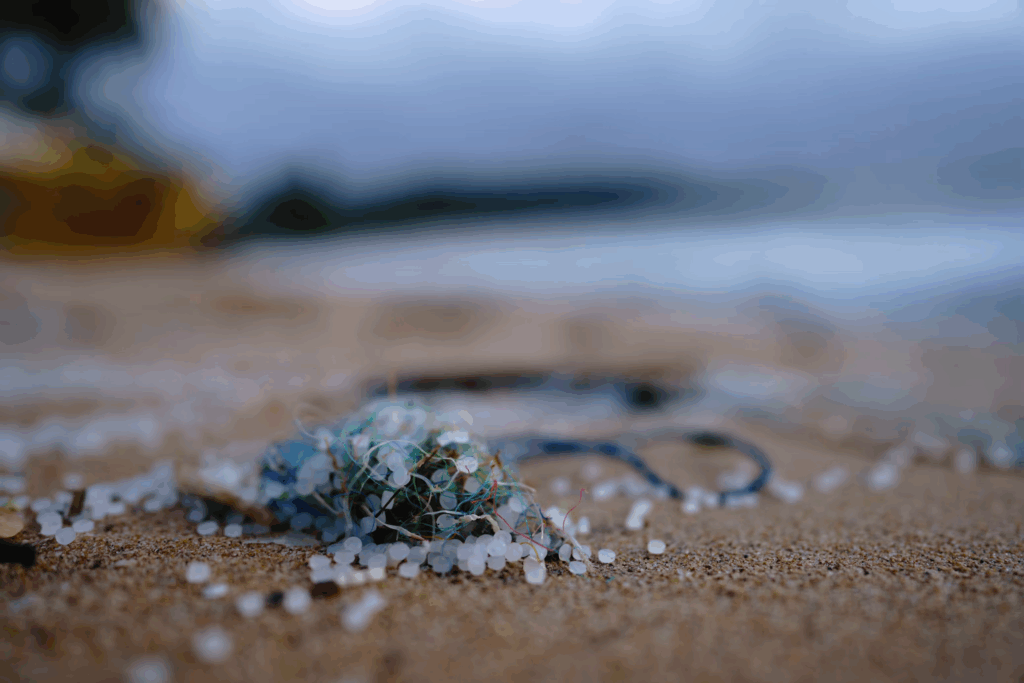
Can you eliminate all microplastics from your life? Not completely. But you can take control. These six steps will significantly cut your daily plastic intake. Start small. Focus on one change at a time. Remember that each plastic-reducing choice protects not just your body but our planet too. When you choose glass containers or natural fibers, you’re reducing demand for new plastics and keeping microplastics out of our waterways, soil, and air.
The same actions that protect your cells also safeguard ecosystems. This powerful connection means your personal health choices create ripples of positive change far beyond your well-being. By taking these straightforward steps to reduce microplastic exposure, you’re protecting your health without overhauling your entire life. Your body will thank you, and so will the Earth.
Read More: How Microplastics Affect Human Well-being: The Hidden Threats
